Organic farming is a way to grow crops through natural processes instead of chemical pesticides and fertilizers. The primary purpose of “how to prepare the soil for organic farming” is to develop sustainable and environmentally friendly businesses at the same time. Organic farming benefits the environment by reducing pollution, reducing soil degradation, focusing on biological production, protecting the soil from erosion, and so on. This farming method improves the land’s fertility without any damage like traditional farming techniques.
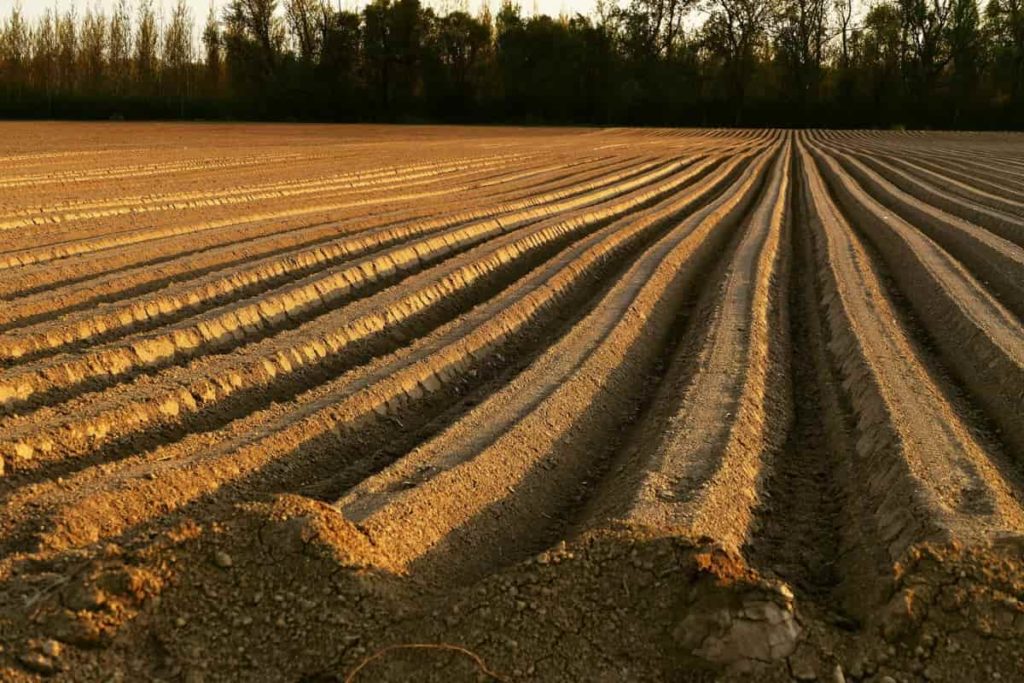
Main objectives of soil management in organic farming
The main purpose of organic farming is to improve soil quality using natural methods. That is why organic farming focuses on using bacteria (present in animal waste) that help increase soil nutrient levels and make it more productive.
Organic matter is essential for healthy soil – achieving high levels is key to soil health. Soil amendments are materials applied or mixed with topsoil to change or alter soil properties and improve plant growth. For example, fertilizer improves soil texture, and lime raises soil pH. Most soil amendments provide some plant nutrients, and some fertilizers and fertilizer products provide double the fertilizer that comes with a guaranteed nutrient analysis.
Organic soil is soil formed by decomposing plants and animals to create a nutrient and mineral-rich ecosystem that contains microorganisms that feed and breathe life into the soil. Organic soil can help plants resist pests and diseases while avoiding the need to use chemicals and pesticides. Because organic soil is rich in nutrients and minerals, your plants will grow strong cell wells, giving them more protection against pests and diseases.
To produce healthy, vital plants, one must focus primarily on the structure and life of the soil: the nutrients in the soil, trace elements, microorganisms, insects, and other animals. But the soil is a living system of connections and relationships. If the soil is balanced in its life force, the plants growing in it will be strong, healthy, and high-quality. No chemicals are required. Structurally, the soil must be fine-grained, well-ventilated, and deep to be fertile.
Compost improves the biological, chemical, and physical properties of the soil and provides many benefits as a source of soil modification and organic matter:
- Increases microbial activity
- Increases suppression of plant diseases
- Increases soil fertility
- Increases cation exchange capacity
- Improves soil texture in clay
- Improves water retention in sandy soils
- Reduces the bioavailability of heavy metals
Organic soil practices for farmers
- Increase your understanding – Find out about innovative farmers doing farm trials or consider participating yourself. If there is nothing local for you, contact the Soil Association.
- Before deciding on the use of agrochemicals, consider their unintended consequences and consider low plowing to minimize the physical effects of soil life.
- If nothing else, increasing the soil organic matter in other ways outlined in this document can improve your essential soil biology.
- Furthermore, there is a great lack of research on the importance of soil biology and how it can be improved to benefit farmers.
In case you missed it: Organic Vegetable Farming in USA: How to Start, and Top Production States
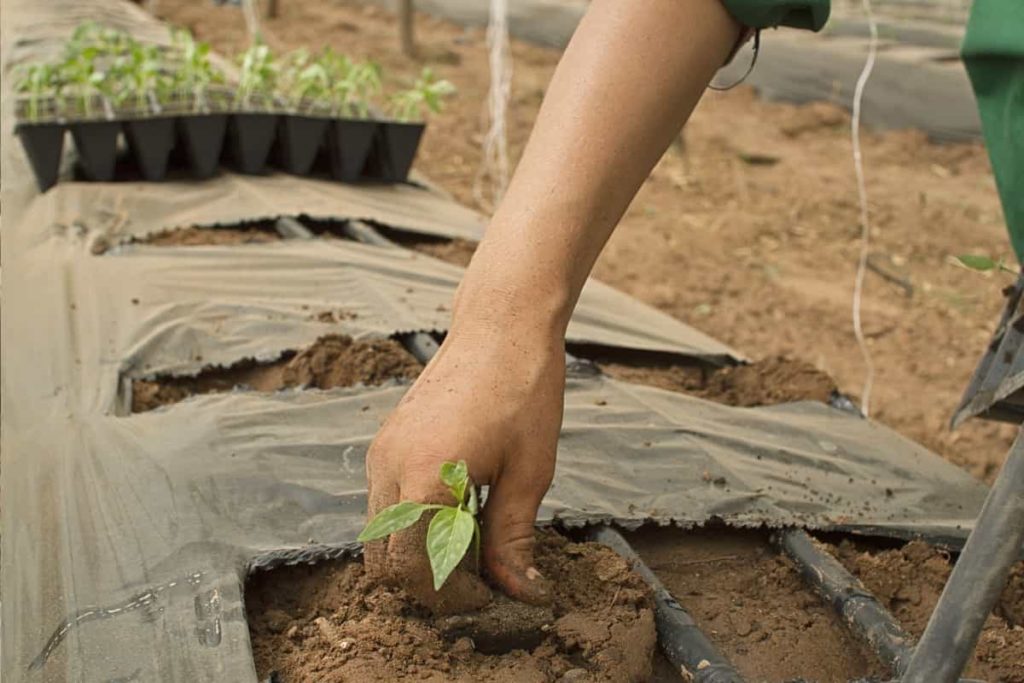
How to prepare the soil for organic farming
After planting crops, the soil loses its nutrients and loses its quality. Organic farming has begun to use natural methods to improve soil health. It focuses on using bacteria in animal waste, which helps make soil nutrients more productive. In addition to nutrients, your soil should contain microorganisms and insect-borne organisms that play an essential role in your soil’s nutrient cycle and plant defense system.
Soil preparation is key to planting. Depending on the desired crop, soil preparation should be done at specific times before planting. Organic farming is much more difficult than regular farming because you must prepare the soil, natural fertilizers, and pesticides.
1. Practice makes one perfect
Organic farming is no different. If you have never tried farming, seek practical guidance from an expert. Everything is essential for plants’ organic and healthy growth, from soil health to the weather. A good workshop will teach you all this.
2. Assessing the health of the soil
You should check the health of your farm before starting your organic journey. You can do this in two ways: whether you want to grow organic crops for market/export or your consumption. If you want to grow organic vegetables for your use and have previous experience in farming and agriculture, you can test the health of your soil with your own hands. If you want to start organic farming for the market or export vegetables, get your soil tested by a certified lab.
Labs will give you complete details about all the minerals and their quantities. It will also help you to get certification for organic exports. Larger farms may require sample testing or multiple locations. But small farmers with 2-3 acres of land can test your soil with just one sample—work according to your lands.
3. Cultivate the soil the way you like
- It provides many benefits to your plants, including proper drainage, proper movement of roots to get essential water and nutrients, and expulsion of air. Properly ventilated soil ensures the roots get the oxygen needed to thrive.
- Make sure the growing soil is not too dry. It will look dry and be brittle or hard to touch if it is too dry. Water the soil well and check it again the next day.
- Ensure the soil is not too wet, and the signs include examples where the muddy ground is muddy.
- Remove weeds and debris. It will take about a month to plant under greenery.
- Pay a local farmer to plant a large garden or use a rotary tiller to turn the soil.
4. Examine Your Soil Texture
Soil texture refers to the amount of sand, silt, or clay in your soil that will affect your management decisions. You must add organic matter to retain moisture if you have sandy soil. If you have clay soil, you need to open it and make it more insecure so that water can penetrate it.
5. pH neutralization
Soil pH level is too low or too high can harm plant development. It is especially important in rainy or tropical climates where the soil is naturally acidic. There are many options for neutralizing the pH of your soil. PH neutralization amendments are Pulverized limestone, Iron sulfate, Aluminum sulfate, Ash (not practical for very acidic soils), and Sulfur (for alkaline soils)
6. Mulching your soil
Adding a layer of mulch is recommended when your soil has loosened and amended. You will usually want to use something that is wood or slow to thaw to ensure that it keeps you up all season. Avoid mulch which can contain the seeds of unfavorable weeds.
7. Dealing with weeds and rocks
Weeds can be the hardest part of managing your farm, so it’s essential to take the right steps to ensure they don’t spread. The weeds should be removed before reaching the seed, mostly with the roots. Weeds can be fertilized or fed to farm animals. You can leave out some herbs such as chlorine and another small ground cover that have the least effect on your crops. Small rocks in the soil can be a problem, especially for seed planting or container gardening.
Tips for preparing the soil for organic farming
- Prepare the soil with cow dung and nutritious compost (order this kit to make your manure)
- Take care of weeds and insects after planting. Once an infection occurs, it is not easy to recover.
- Daily care is essential. Watering with cow dung solution, natural fertilizer, etc., should not be stopped.
- Hang yellow or blue boards with castor oil to avoid pests.
- Choose plants that need more sunlight and less water: tomatoes, beans, and mountaineers are good examples.
- The benefits of organic farming are that they attract fewer weeds, and each plant gets more nutrients.
In case you missed it: Fertilizer Management in Potatoes: Organic, Compost Manure, NPK, and Schedule
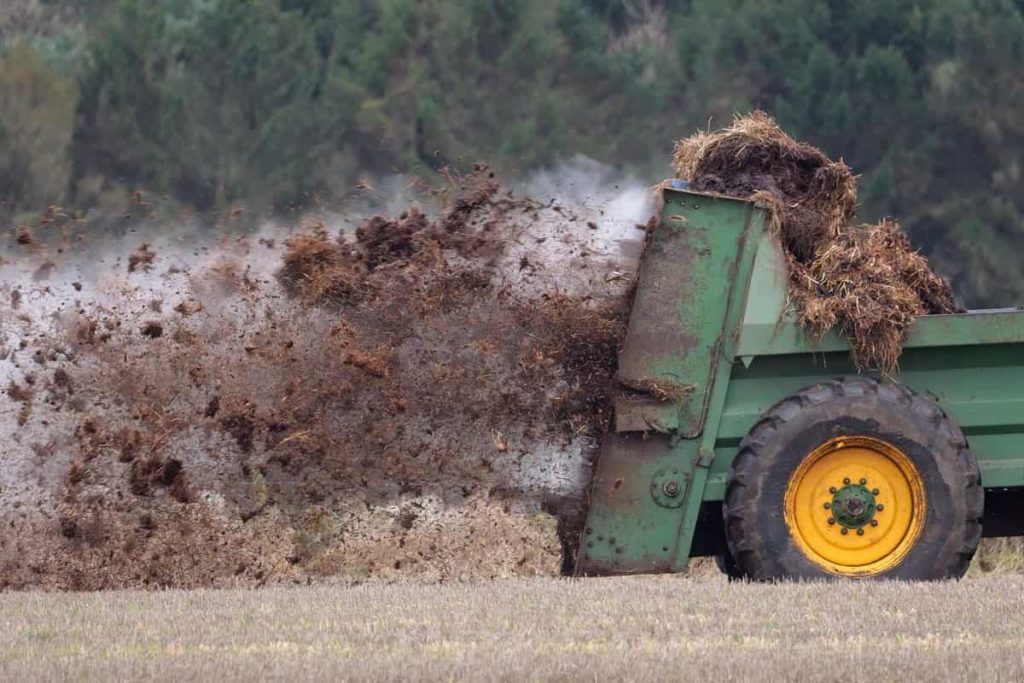
Soil composting in organic farming
Compost is an essential element in organic farming. Compost is made from decomposed organic matter, which can be used to improve the health of garden soil. Compost contains humus, an organic substance that cannot be broken down. Humus helps maintain soil nutrition and moisture and also changes soil density. Compost is not only beneficial for its soil-forming properties. It also greatly reduces the amount of waste disposed of in landfills.
Compost ingredients decompose naturally and are reused instead of discarded. Compost can also help reduce the number of toxins in the soil caused by pesticides or fuels. Compost can regenerate this soil and prevent toxic substances from spreading to other plants and water sources. Compost protects the soil around flowers and plants and prevents weeds from growing by blocking sunlight.
As it rains, the nutrients in the compost are washed into the soil to nourish the plant roots. When planting seeds, the fertilizer can be added to the soil or used as an organic potting soil to help retain moisture and nutrients for the growing plant. Compost consists of decayed matter and is usually prepared by combining plant materials such as leaves, grass clippings, and vegetable peels to decompose in the soil. The pH levels vary greatly because of the many components that make up this mixture.
Composting improves the physical, chemical, and biological properties of the soil, providing healthy soil and allowing plants, turf grasses, trees, and shrubs to flourish similarly. As the organic matter in the soil increases, its structure and permeability improve, which improves the environment of plant roots. Benefits include moisture infiltration and retention, density reduction in favor of permeability, and reduced water and wind erosion and runoff, which can lead to significant water loss over time.
In case you missed it: Fertilizer Management in Carrot Farming: Organic, NPK, How and When to Apply
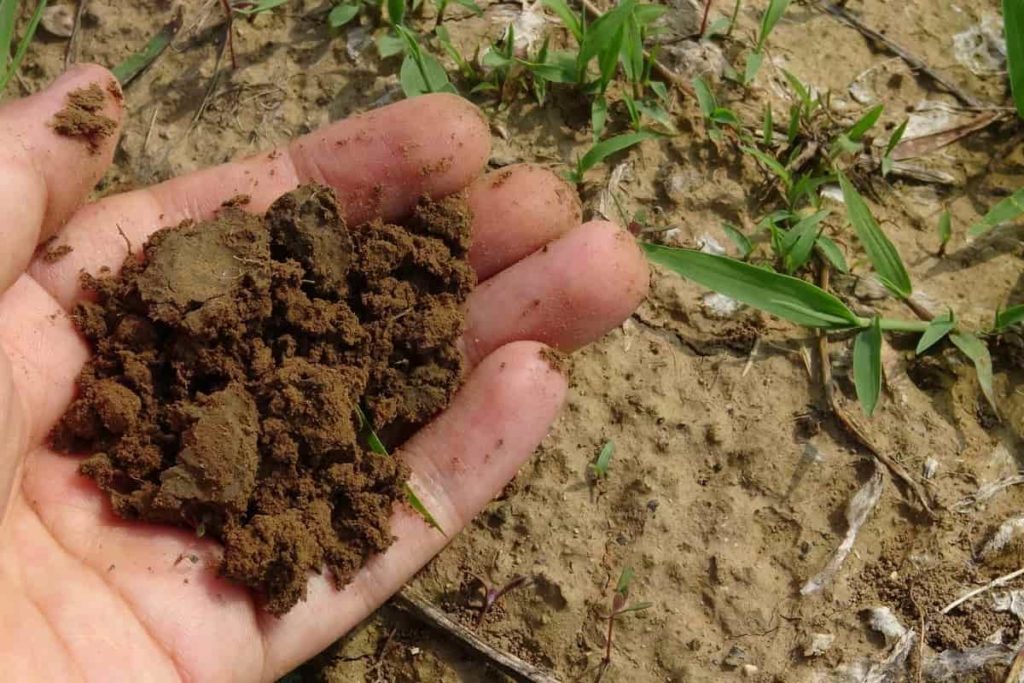
By helping to propagate soil microorganisms, organic matter buffers the soil’s pH, making nutrients more readily available to plant food and filtering out contaminants in the water. Compost is an essential tool for improving the agricultural system on a large scale. Compost contains three basic nutrients that garden crops need: nitrogen, phosphorus, and potassium. It also contains other essential elements such as calcium, magnesium, iron, and zinc. Composting offers an organic alternative instead of relying on synthetic fertilizers containing harmful chemicals.
Increasing soil organic matter in organic farming
Adding compost – Compost is made from all organic matter, including old plant material and animal manure. Organic matter is left to decompose and is broken down by microorganisms to form humus. Humus will release nutrients that can carry plant roots into the soil. Most plant or animal materials can be used. It is a great way to improve soil texture.
Green manure – This includes fast-growing crops that are planted in the winter and then re-planted in the soil before sowing. As they grow, they help prevent nitrates from escaping from the soil and protect the surface from the effects of winter rains. Roots form channels, which improve water infiltration and soil aggregation and help form earthworms. When they dug into the soil, these crops increased the organic matter in the soil and dissolved to release nutrients.
In case you missed it: Best Fertilizer for Clove Tree: Organic, Compost, NPK, Management, How and When to Apply
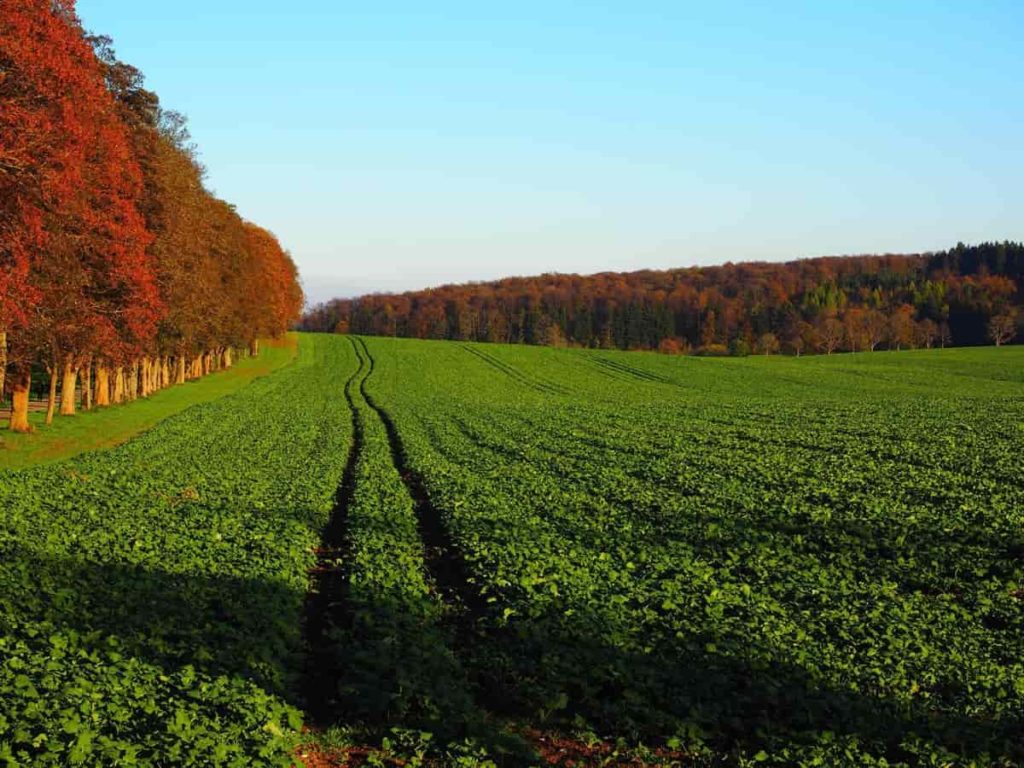
Mulch – Organic mulches that include straw, wood bark, wood chips, and tree leaves contribute to soil organic matter. The use of organic matter available from your yard or neighboring yard keeps them away from landfills and reuses nutrients from plants to soil and plants. Mulched or chopped leaves rot faster than whole leaves and are the best wood or bark mulch alternative.
In case you missed it: Mulching Vegetable Crops – A Full Guide
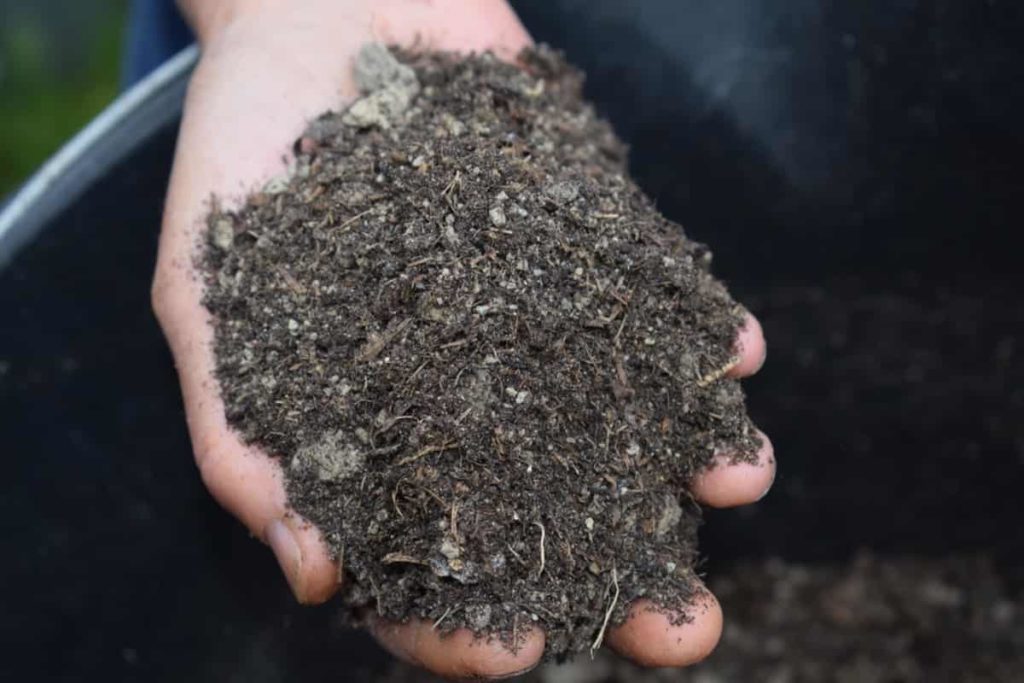
They can be spread on vegetable and flower beds to protect the soil in the winter season. Move the leaves to the plant in the spring and then re-plant them as mulch. Grass clippings can be used as mulch around plants. Leave the plant roots in the soil. When their season is over, cut off the tops of the annual plants and let them rot.
Returning crop residues – Any part of the crop that has not been harvested for sale can be returned to the soil to help regenerate organic matter levels. This crop residue is sometimes called stubble. Crop residues will protect the soil surface and help water to infiltrate the soil.
Keep cultivation to a minimum – Cultivation breaks down the stable aggregates exposes humus to air, and rapidly decomposes. The direct drill technique allows you to sow the seeds while leaving the remnants of the soil above and the aggregates to be maintained.
Concentrate on organic matter – An alternative to increasing inputs is to use existing items efficiently. Keep all organic growth, whether roots, fertilizer, or fertilizer, close to the surface. The stability of soil structure depends on the concentration of organic matter on the surface, not the total amount in the soil.
Cover crops – Growing cover crops are one of the best ways to improve organic matter levels and soil quality. The major benefits of growing cover crops include:
- They prevent erosion by anchoring the soil and reducing the effects of rain drops.
- They add plant material to the soil to replenish organic matter.
- Some, such as rye, bind excess nutrients to the soil and prevent leaching. Some, especially legume species, such as hairy vetch, fix N in the soil for future use.
- Most provide habitat for beneficial insects and other creatures.
- The moderate soil temperatures and therefore protect soil organisms.
Conclusion
Soil is a basic environmental resource and should be protected along with water and air. Organic farming requires healthy soil to provide plants with the proper nutrients they need to grow healthy, be disease-free, and produce a good crop. When you start farming, to properly prepare your soil, you must ensure it is well-ventilated, amended, and constantly managed to improve its fertility. Therefore, you must follow the above steps to prepare the soil for organic farming.
- Economical Aquaculture: A Guide to Low-Budget Fish Farming
- 15 Common Planting Errors That Can Doom Your Fruit Trees
- How to Make Houseplants Bushy: Effective Tips and Ideas
- Innovative Strategies for Boosting Coconut Pollination and Yield
- Pollination Strategies for Maximum Pumpkin Yield
- The Complete Guide to Chicken Fattening: Strategies for Maximum Growth
- Natural Solutions for Tulip Problems: 100% Effective Remedies for Leaf and Bulb-Related Issues
- Revolutionizing Citrus Preservation: Towards a Healthier, Greener Future
- Natural Solutions for Peony Leaf and Flower Problems: 100% Effective Remedies
- Maximizing Profits with Avocado Contract Farming in India: A Comprehensive Guide
- Natural Solutions for Hydrangea Problems: 100% Effective Remedies for Leaf and Flowers
- The Ultimate Guide to Choosing the Perfect Foliage Friend: Bringing Life Indoors
- From Sunlight to Sustainability: 15 Ways to Use Solar Technology in Agriculture
- The Ultimate Guide to Dong Tao Chicken: Exploring from History to Raising
- The Eco-Friendly Makeover: How to Convert Your Unused Swimming Pool into a Fish Pond
- Mastering the Art of Delaware Chicken Farming: Essentials for Healthy Backyard Flocks
- 20 Best Homemade Fertilizers for Money Plant: DIY Recipes and Application Methods
- How to Craft a Comprehensive Free-Range Chicken Farming Business Plan
- Brighten Your Flock: Raising Easter Egger Chickens for Beauty and Bounty
- How to Optimize Your Poultry Egg Farm Business Plan with These Strategies
- Subsidy for Spirulina Cultivation: How Indian Government Schemes Encouraging Spirulina Farmers
- Ultimate Guide to Raising Dominique Chickens: Breeding, Feeding, Egg-Production, and Care
- Mastering the Art of Raising Jersey Giant Chickens: Care, Feeding, and More
- Ultimate Guide to Raising Legbar Chickens: Breeding, Farming Practices, Diet, Egg-Production
- How to Raise Welsummer Chickens: A Comprehensive Guide for Beginners
- How to Protect Indoor Plants in Winter: A Comprehensive Guide
- Ultimate Guide to Grow Bag Gardening: Tips, Tricks, and Planting Ideas for Urban Gardeners
- Guide to Lotus Cultivation: How to Propagate, Plant, Grow, Care, Cost, and Profit
- Agriculture Drone Subsidy Scheme: Government Kisan Subsidy, License, and How to Apply Online
- Ultimate Guide to Raising Araucana Chickens: Breed Profile, Farming Economics, Diet, and Care
- Bringing Hydroponics to Classroom: Importance, Benefits of Learning for School Students
- Ultimate Guide to Raising Polish Chickens: Breed Profile, Farming Economics, Diet, and Care
- Ultimate Guide to Raising Australorp Chickens: Profile, Farming Economics, Egg Production, Diet, and Care
- Silkie Chicken Farming: Raising Practices, Varieties, Egg Production, Diet, and Care
- Sussex Chicken Farming: Raising Practices, Varieties, Egg Production, Diet and Care
- Homemade Feed Formulations for Livestock: Discover Cost-effective Starter to Finisher Feed Recipes